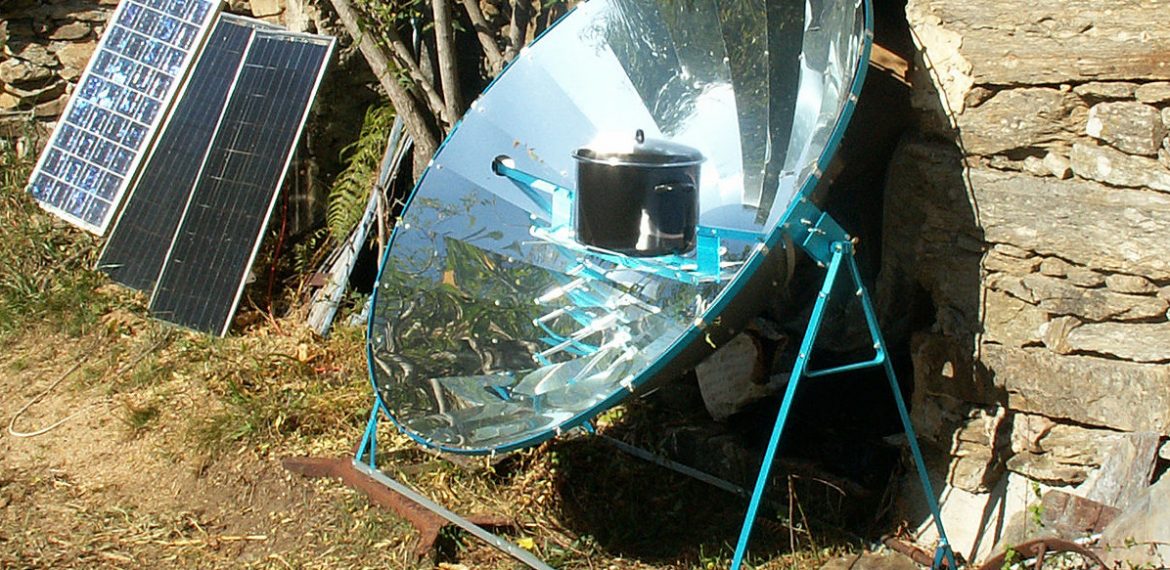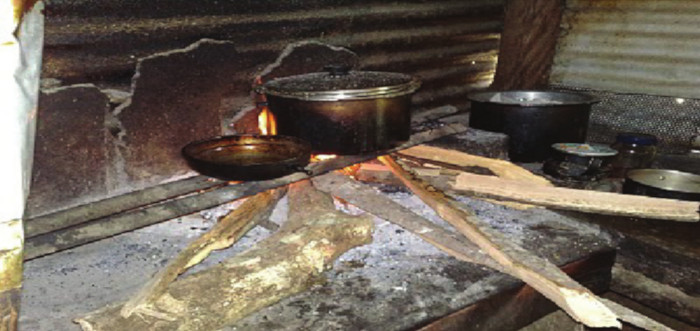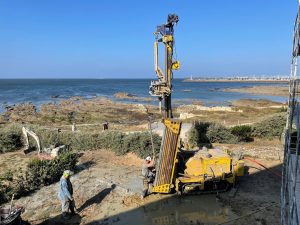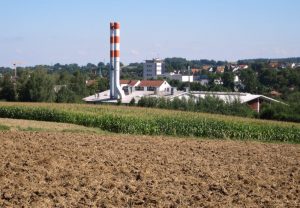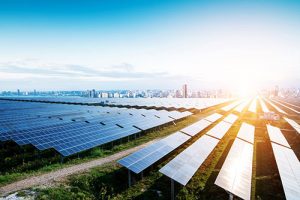1. The devastating effects of household air pollution
Indeed: “In developing countries, especially in rural areas, 2.5 billion people rely on biomass, such as firewood, charcoal, agricultural waste and animal dung, to meet their energy needs for cooking. In many countries, these resources account for over 90% of household energy consumption.”[1] (Figure 1).
And the “side” effects are devastating:
- millions of premature deaths each year, and tens of millions of debilitating ailments; the victims are mainly women and children ;
- wasted time and energy in collecting and transporting fuelwood, often on 5-10 km distances, again involving mainly women and children ; it is hard work and, in certain regions, frequently puts women at risk of aggressions ; moreover it forecloses opportunities of education or of more productive activities ;
- emissions of greenhouse gases (GHGs) as carbon dioxide (CO2), methane, N-compounds, and of black carbon. Black carbon, a volatile by-product of incomplete combustion, is emitted on a large scale (about 25% of black carbon from all sources worldwide); it is a powerful absorber of direct solar radiation wherever it settles, particularly on ice, of which it accelerates melting ;
- severe degradation of local forest ecosystems (Read: Biomasse et énergie : des ressources primaires aux produits énergétiques finaux et De la découverte du feu à la combustion de la biomasse).
Obviously the consequences for people and for natural capital are harsh.
2. The new types of stoves
Several types of stoves, along with the corresponding fuels, are now on offer, that are vastly more energy efficient and cleaner than the traditional devices[2]. The more affordable ones, that are also closer to the cooking habits of the households concerned, are improved biomass-fired stoves : the fuels are conditioned and the stoves designed in ways that reduce the side effects, in particular black carbon emissions, instead producing a stable solid carbon residu called biochar, that contributes to carbon sequestration and can be used to improve soil fertility (Figure 2). Other systems function with gas, liquid fuels, solar heat or electricity.
Fig. 2 : Improved biomass-fired stove.
A diversified offer of affordable efficient stove-fuel systems is a precondition for adoption in a broad range of circumstances; it is not a sufficient one. Several factors weigh on the decisions made by households , who tend to be rather conservative in matters of cooking , mainly:
- households’ incomes, taking into account extra income generation allowed by better stoves ;
- prices of stoves and fuels, adjusted for public or private financial support, as the case may be ;
- quality of stoves, in particular their reliability in use (a condition for allowing the cook to save time for other activities) and their compatibility with cooking traditional meals : traditional bread in India, all sorts of tortillas in Mexico, tô millet-sorghum galettes in Western African countries, ugali bread and sucuma vegetables in Eastern Africa (Figure 3)
- integration in the local economy: local production of stoves increases their appeal to consumers.
Efforts in these directions should be informed by the build-up of knowledge about how households make their decisions[3] .
3. The solar cookstove
With about 12 million users worldwide, the thermal solar cookstove appears as the “Petit Poucet” (Little Thumb) in the family of clean stoves. Charles Perrault’s Petit Poucet was however not merely small but also far-sighted. In a world where essential natural resources are fast degrading, it is indeed far-sighted to plan for tapping an inexhaustible resource, sun rays (Read : Énergie solaire : ses fondements scientifiques). Moreover recent technical advances and diversification of models, from very simple and cheap up to rather sophisticated ones[4] will boost solar cookers’ appeal provided their promoters fully take into account the lessons drawn from other clean stoves’ challenges. Facing increasingly harsh conditions, when survival concerns supersede the conservatism of cooking habits, users will appreciate solar cookstoves’ advantages (Figure 4).
Living in the Andean high plains, Angelina Orella has switched to a solar stove. Her assessment is shared by her fellow villagers: “Now I cook everything with the solar cooker. Ten years ago there was enough wood around the house for cooking. Now the wood is far away”. Moreover with heat-retention baskets, isolated with lama wool, Angelina keeps the evening meal warm. Before switching to a solar stove, she has followed a training program that covers not only food preparation and kitchen organization, but also the interdependence between the village and its natural environment. The program is provided by the Centro de Desarollo de Energia Solar (CEDESOL), Cochabamba, Bolivia, a nonprofit voluntary organization. The support provided in this way is no less crucial than the technical performances of the stoves.
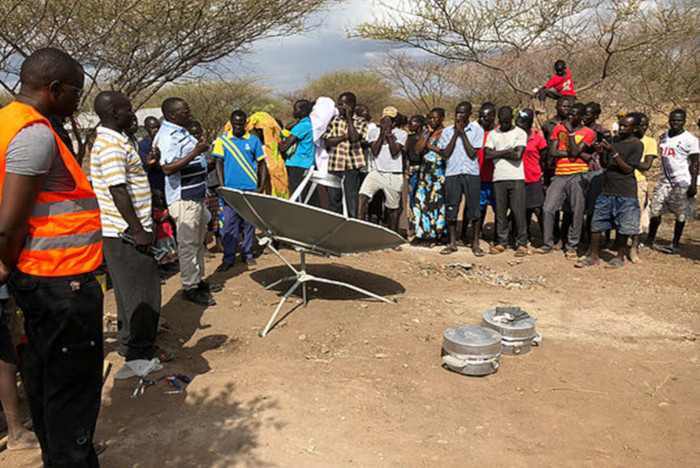
Fig. 5: Solar cookstove innovation expected to change lives in low income countries. [Source : Talk Africa]
In some districts of Kenya the effects of deforestation and of weather disorders linked to climate change are strong incentives for adopting solar cookstoves (Read : L’électrification rurale en Afrique sub-saharienne). A joint program with Amsterdam Free University ushered in the production of “box cookers” that trap sunlight though a glass top; they can trap even diffuse light on cloudy days. A nonprofit organization called FARMERS WITH A VISION (Busia County, Kenya) takes in charge training, maintenance and even access to microcredit. As in Bolivia technology is embedded in a “sociosystem”, as one speaks of ecosystems[5]. NATURAL CAPITAL PARTNERS, however a for profit corporation, offers similar support to about 100,000 rural households struggling with the effects of poverty and climate change in Henan, one of the least developed Chinese provinces.
Solar cookstoves have a specific role to play in another kind of impoverished environment, refugee camps. Depending on the way they have been introduced, their potential has been realized, in particular in Chad, Uganda, Nepal, or rather less so, as in Burkina Fasso or India (Figure 5). Here also the way the sociosystem is organized and sustained proves decisive[6] .
Whither a new frontier? It has been suggested that photovoltaic is the future of solar cookstoves, as they might be more convenient and versatile than thermal ones. Currently their cost would be prohibitive. However that might change with the spectacular advances in radiation capture (PV cells) and electricity storage, (batteries and supercapacitors) (Read : Le solaire thermique : ses technologies et leurs trajectoires).
Bibliography
Barbieri, J. et al. (2017), “Cooking in refugee camps and informal settlements – A review of available technologies and impacts on the socio-economic and environmental perspective”,Sustainable Energy Technologies and Assessments, 22:194-207.
Batchelor,S. et al. (2018), “Solar electric cooking in Africa: Where will the transition happen first?”, Energy Research & Social Science, 40: 257-272.
IEA (2006), “Energy for cooking in developing countries”, Chapter 15, World Energy Outlook, Paris: OECD.
Malla, S. and G.R. Timilsina (2014), Household cooking fuel choice and adoption of improved cookstoves in developing countries: a review, Policy research working paper 6903, The World Bank, Washington D.C.
Reddy, S.B.N. (2012), Understanding Stoves for Environment and Humanity, s-Hertogenbosch: MetaMeta.
Références
[1] IEA, 2006
[2] IEA 2006, Reddy 2012.
[3] Malla and Timilana 2014.
[4] See for instance solarcookers.org
[5] Other interesting cases in Subsaharan Africa, see Batchelor 2018
[6] Barbieri, 2017.
L’Encyclopédie de l’Énergie est publiée par l’Association des encyclopédies de l’environnement et de l’énergie (A3E) (www.a3e.fr), contractuellement liée à l’université Grenoble Alpes et à Grenoble INP, et parrainée par l’Académie des sciences.
Pour citer cet article, merci de mentionner le nom de l’auteur, le titre de l’article et son URL sur le site de l’Encyclopédie de l’Énergie.
Les articles de l’Encyclopédie de l’Énergie sont mis à disposition selon les termes de la licence Creative Commons Attribution – Pas d’Utilisation Commerciale – Pas de Modification 4.0 International.


